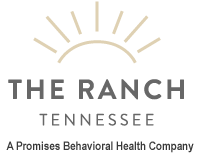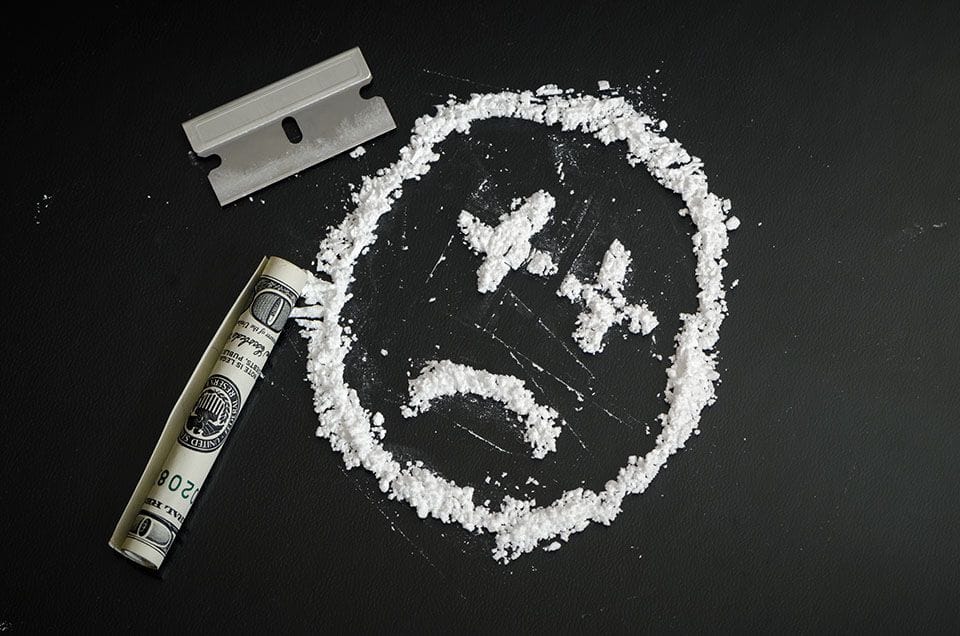Coming up with a medical treatment for cocaine abusers is one of the holy grails of addiction research, and a new study from Denmark provides hope for an antidote to cocaine addiction. Although the researchers caution that this isn’t a “wonder drug,” as long as patients were happy to continue with traditional rehab, it could make the process of overcoming cocaine addiction—as well as addiction to similar substances such as amphetamine and methylphenidate (Ritalin)—considerably easier.
Cocaine Addiction in the U.S.
Despite being the most expensive drug in the world, cocaine is widely used in the U.S. Data from the National Survey on Drug Use and Health in 2012 showed that there were around 1.7 million users of cocaine in the U.S. age 12 and over, and although this has decreased since 2007 (when there were around 2.1 million users), this still represents a large number of Americans taking a dangerous and addictive substance. The data showed that men aged 18 to 25 had the highest rate of cocaine abuse. Treatment for cocaine addiction works like treatment for any other drug addiction, but unlike some drugs, there is no medical treatment to help addicts with the symptoms of cocaine withdrawal or to make it easier to overcome addiction. There have been several promising early findings in recent years, but nothing has come to fruition—largely because early results still need extensive testing before a medicine is released for widespread use. If a treatment were to be found, it could bring the number of cocaine abusers down even further and make rehab more effective.
Mechanism Behind Cocaine’s Effects
The study has uncovered a “gate” that is central to how dopamine works in response to cocaine. Dopamine is the brain chemical central to most addictions, being closely tied to the reward and motivation centers within the brain, and cocaine produces its pleasurable effects by impacting its processes. The “dopamine transporter” is described as a “molecular vacuum cleaner,” cleaning up the dopamine that has already been released and consequently controlling its interaction with the brain. By inhibiting the dopamine transporter, cocaine allows dopamine to have its effect on the brain for longer, thus causing the effects of the drug for users. The new study has discovered a crucial part in this dopamine-removal process: a “gate” that controls access to the transporter for the dopamine. Associate Professor Claus J. Loland explains the team’s findings: “We found two amino acids in the proteins that dynamically break and form an interaction. The dynamic is therefore crucial for the transport process.” He continued: “The breakage of the interaction could therefore be a signature for the binding of cocaine and cocaine-like drugs.” In other words, cocaine stops dopamine from being removed from the brain, and it likely does this by disrupting the “gate” to the dopamine transporter. The researchers also investigated other, similar chemicals to see if their effects were the same and found that while other chemicals often bind to the transporter with the same strength as cocaine, they didn’t have the same stimulant effect when given to rats. Through further study, the authors were able to determine that these other chemicals seem to bind to a slightly different form of the transporter.
Developing a Treatment for Cocaine Addiction
The treatment for cocaine abuse that may result from this finding revolves around these alternative chemicals, which are able to “fill the spot” of cocaine in the brain without producing cocaine-like effects. If researchers can understand what makes these different forms of the transporters and the similar chemicals behave the way they do, they may be able to develop a medicine that blocks cocaine’s effects without producing the same response. As Loland explains: “Our objective here is that cocaine will not then work anymore as the antidote will inhibit the stimulatory response of taking this drug.” It would also work as a treatment for drugs like speed or Adderall (which are the same chemical, amphetamine) and Ritalin, because of their similar mechanisms. However, there would be some issues with the approach. As Loland points out, the chemical would degrade and therefore have to be taken regularly to continue to have the desired effect. Additionally Loland warns against talking about the drug as if it’s a “cure” for cocaine addiction. “The drug is not a wonder drug. It would aid in the treatment of cocaine addiction, but the patient would have to be willing to go into rehab and other actions have to be taken in addition to this.”
A Step Closer to Treatment for Cocaine Addiction
The finding is another promising development in the search for a treatment for cocaine addiction, but much more research is required before it would be ready for widespread use. Loland wouldn’t even provide an estimated timeframe for when it would be ready. He says that how long it will take “depends on 50 percent research and 50 percent political willingness.”



